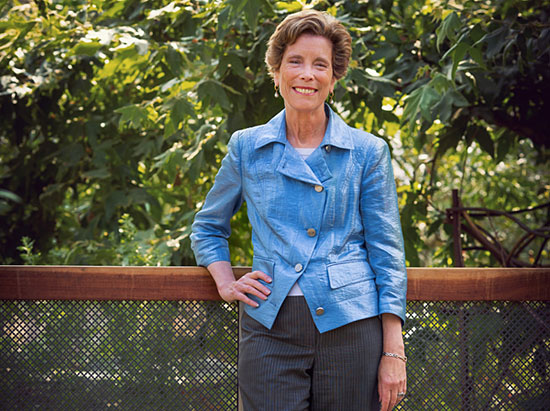
Pisano in the county museum’s nature gardens, where she loves to walk. “The big bonus is those gardens used to be parking lots,” she says. Photo/Christina Gandolfo
Over the past 13 years, Jane Pisano has presided over a dramatic transformation of the county’s venerable Natural History Museum.
Huge emblems of her accomplishments are visible all over the museum, from the striking glass entry pavilion featuring a suspended 65-foot fin whale to the trio of fearsome young T. rexes showcased in the new Dinosaur Hall.
But those show-stoppers don’t tell the whole story of the NHM as reimagined on Pisano’s watch.
With her recent announcement that she will be retiring from her post once a successor is named, it’s time to take a spin through some of the exhibits and artifacts—large and small—that have meant the most to Pisano over the years.
Here are a few of her favorite things—from a buzzed about “hotel” in the museum’s gardens to a stained glass window with a trans-generational backstory.
A really big sea lion
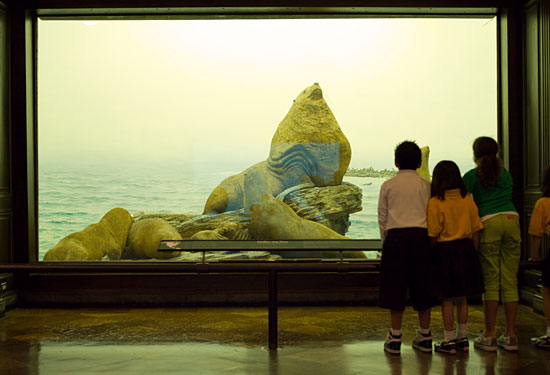
“There are parts of this museum that I just love because my grandchildren love ‘em,” Pisano says—like the dioramas. “My favorite is an enormous sea lion that is in the North American Mammal Hall and I’ve never seen one as big in nature but he looks like he could be almost anywhere on the California coast, preening and proud and clearly the biggest one around. I love the California coast so this one has special appeal to me.”
All that glitters
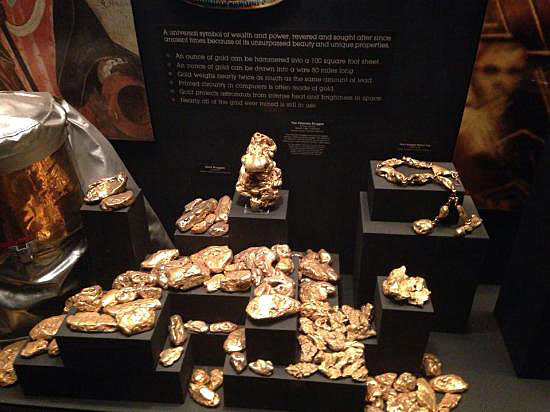
“I love the gold exhibit in the Gem Hall because it tells this wonderful story of California gold and the Gold Rush. You can kind of lose yourself in the abundance of it. And the story is so compelling. Almost all that gold, if not all of it, comes from California mines.”
The case of the pregnant plesiosaur
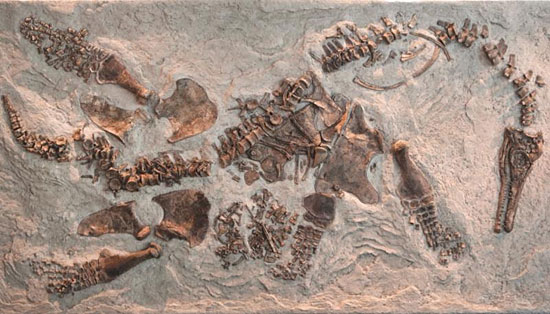
This fossil, between 72 million and 78 million years old and now residing in the museum’s Dinosaur Hall, “encapsulates in one object all of the things that we do here,” Pisano says. Not only does the fossil showcase groundbreaking findings by museum scientists but it also comes with some gee-whiz factoids. (Who knew that newborn plesiosaurs came into the world at 40% of the mother’s size?)
A whale of an early mammal
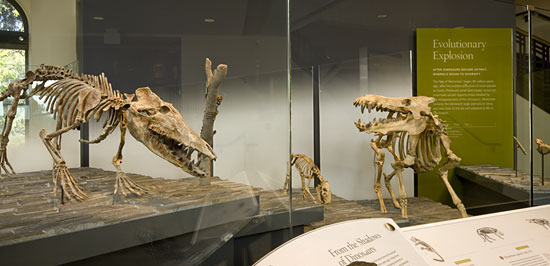
This 52-million-year-old Pakicetus skeleton in the Age of Mammals exhibit, which is seen on the left above, is—believe it or not—“a close relative of the modern whale,” Pisano says. The creature probably spent a lot of its time in the water, like the hippo. “It really shows that the early mammals, after the age of dinosaurs, adapted in search of food.”
The bee hotel
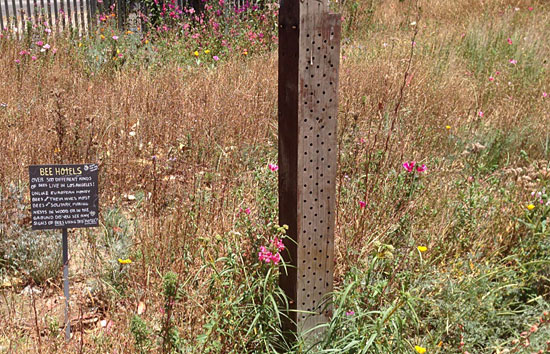
“I love, love walking in the garden and one of my favorite places to check is the Bee Hotel. You think you know about nature because it’s all around us, but when you go to the nature gardens, you just look and you see in a new and different way.”
Grandson to the rescue
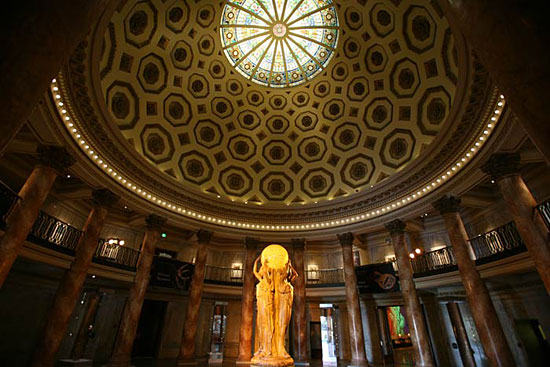
When the 101-year-old museum was undergoing renovation, the stained glass window that crowns the Haaga Family Rotunda was showing signs of its age. “We built a platform there, and the grandson of the guy who designed and installed that window came and cleaned it and fixed it, reconnected it in places where gravity was really jeopardizing the glass. I never look at that without thinking about the whole process of saving it and preserving it.”
Where kids turn into scientists
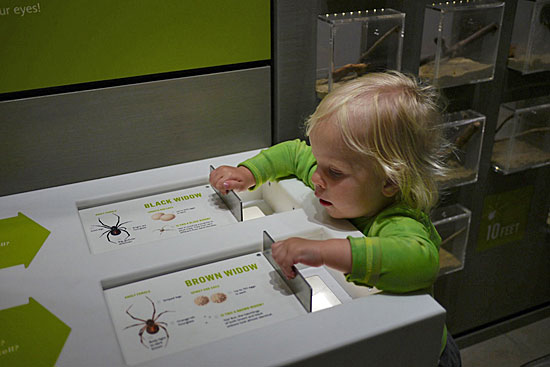
“I love everything in the Nature Lab. One of my very favorite things is to walk through the Nature Lab in the middle of the day and see the children gathered around the table where our scientists are working, engaged and interested and asking questions about what they’re doing. I love that.”
Posted 9/15/14






